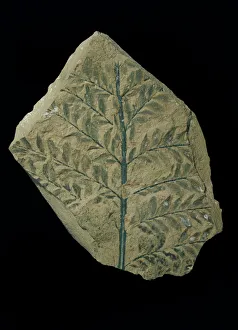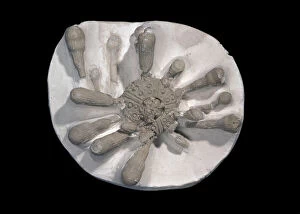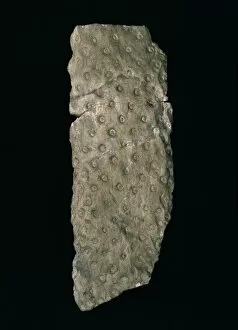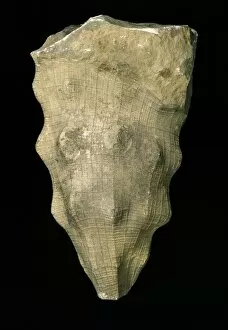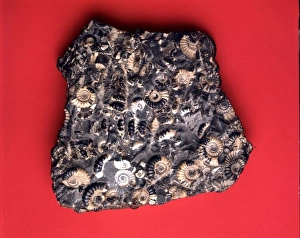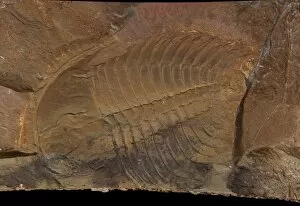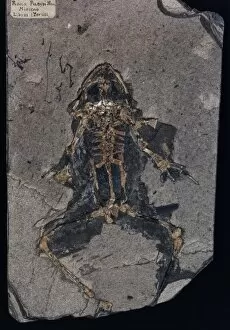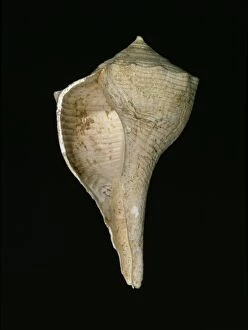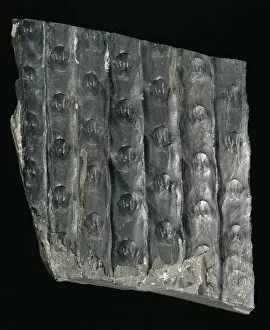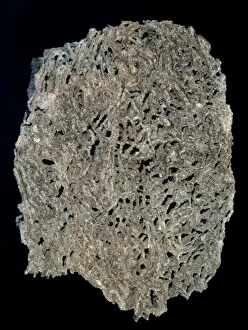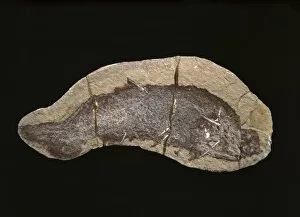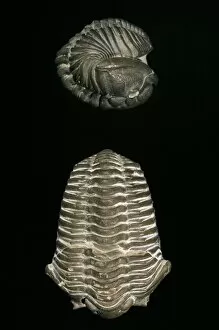Richard Fortey Collection
Richard Fortey, a renowned paleontologist, has dedicated his life to unraveling the mysteries of Earth's ancient past
All Professionally Made to Order for Quick Shipping
Richard Fortey, a renowned paleontologist, has dedicated his life to unraveling the mysteries of Earth's ancient past. With each fossil discovery, he unveils a chapter in the story of our planet's evolution. One such remarkable find is Archaeopteris hibernica, a fossil plant that provides insight into prehistoric forests. Its delicate leaves and intricate branching patterns transport us back to an era when lush greenery dominated the landscape. In his exploration of marine life, Fortey uncovered Pentrimites robustus, a blastoid species that thrived in ancient oceans. These fascinating organisms with their unique body structures offer glimpses into the diversity and complexity of underwater ecosystems long gone. Amongst his discoveries lies Tylocidaris clavigera, an exquisite sea urchin fossil. This perfectly preserved specimen allows us to marvel at its intricate spines and imagine it gracefully navigating through primordial seas. Fortey also unearthed Stigmaria ficoides, a fossil root that reveals secrets about terrestrial flora from millions of years ago. Its detailed structure offers clues about how plants adapted to different environments throughout history. Delving deeper into the depths of time, Fortey discovered Hydnoceras tuberosum - a captivating glass sponge fossil. This delicate creature once flourished in ancient oceans and now serves as a testament to the incredible biodiversity that existed eons ago. Another intriguing find by Fortey is Coeloptychium agaricoides - an enigmatic sponge species frozen in time within rock formations. Its intricate skeletal remains provide valuable insights into the evolution and ecology of these mysterious creatures. Nilssonia kendalli adds another layer to Fortey's findings with its frond-like appearance resembling modern-day cycads. This well-preserved relic takes us on a journey through prehistoric landscapes where these majestic plants reigned supreme. Aviculopecten planoradiatus showcases yet another facet of Earth's ancient history.

